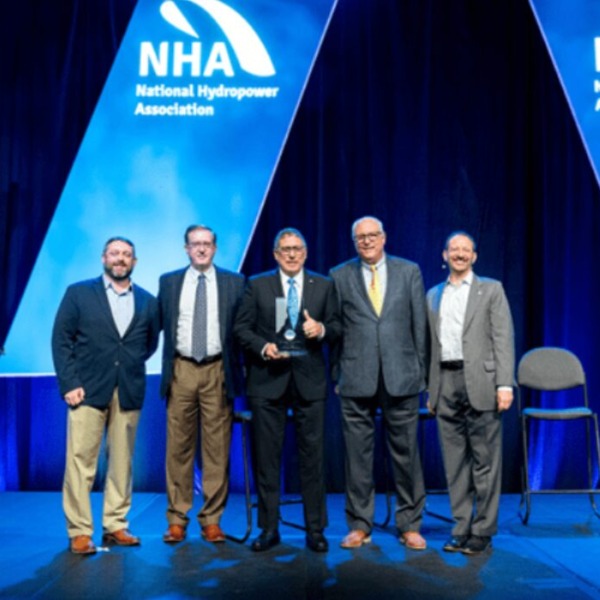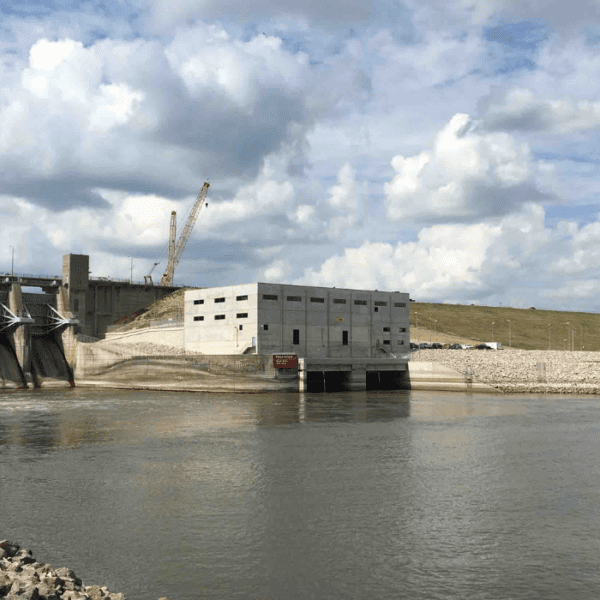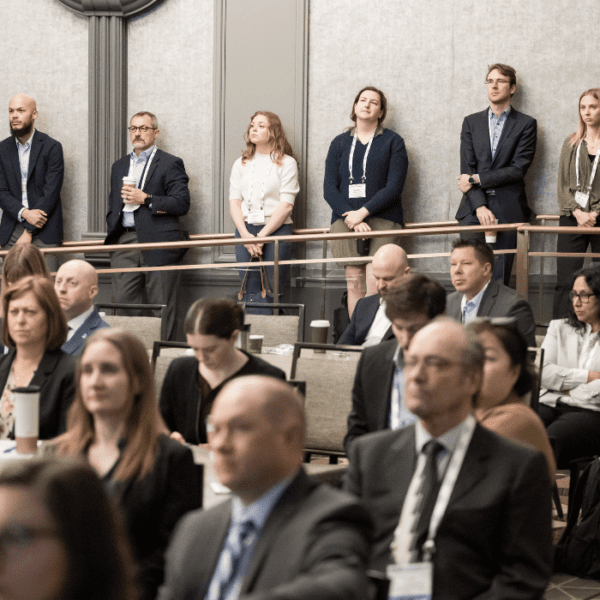This Thursday, July 28, the International Hydropower Association (IHA) is hosting a free public webinar that will shine a light on how hydropower development globally is falling short of what is needed to meet net-zero-carbon targets.
The webinar, World Hydropower Outlook: The Need to Double Capacity in 30 Years, follows the publication of the 2022 Hydropower Status Report and will unpack its key findings.
According to the report, 26 GW of new hydropower capacity was installed globally in 2021. While this is an increase on the annual average of 22 GW over the last five years, it is still far short of the 45 GW per year needed to limit global temperature rises to 1.5°C, according to the projections of the International Energy Agency (IEA).
If governments do not invest in hydropower as an integral part of their net-zero strategies, we run the risk of a fresh energy crisis in the next decade. There is simply not enough flexible storage capacity in the pipeline to ensure energy security in our future grids, considering the vast amounts of wind and solar under development. Without hydropower, we may have to choose between fossil fuels or face blackouts.
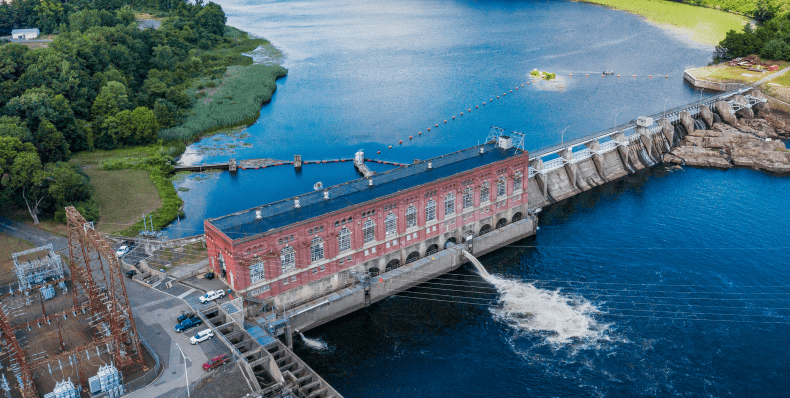
HYDROPOWER IN THE NET-ZERO CONTEXT
During the webinar, which you can sign up for here, expert speakers from the International Hydropower Association, International Energy Agency, and REN21 will explore the latest global hydropower development data in the context of the clean energy transition.
A large portion of new added capacity over recent years has been concentrated in China. For net-zero ambitions to be realized, it will require the untapping of the huge potential that exists in many regions of the world, specifically in Africa and Asia.
Alex Campbell, head of research and policy at IHA, will analyze the nature of recent developments and where the opportunities exist for hydropower growth to be stepped up while ensuring that any new projects are delivered sustainably.
Rana Adib, executive director of REN21, will share insights from the Renewables 2022 Global Status Report. Published in June 2022, the report reveals record growth in the development of renewables, but it also warns of missed opportunities to make crucial progress in the clean energy transition.
The International Energy Agency Net Zero by 2050 report sets out a roadmap for the global energy sector. Yasmina Abdelilah, energy analyst in the Renewable Energy Division at International Energy Agency, will join speakers at the webinar to discuss hydropower’s role in this pathway.
The webinar will also feature a representative of International Energy Agency, who will discuss hydropower’s role in the pathways outlined in the organization’s Net Zero by 2050 roadmap for the global energy sector.
Pumped-storage hydropower already accounts for 94% of the world’s energy storage. Significant potential remains for new pumped-storage capacity to be built which will be crucial in backing up variable renewables and making future grids reliable. Rebecca Ellis, energy policy manager at the International Hydropower Association, will outline in detail the need for more investment in pumped storage and the challenges that stand in the way of accelerated development.
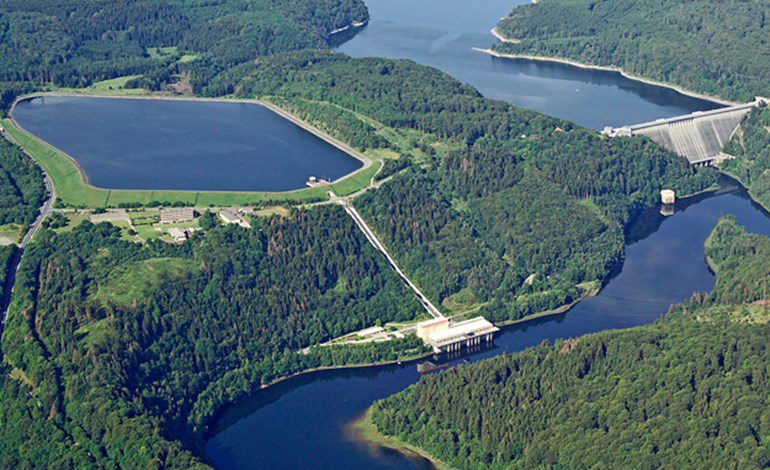
WHY JOINING THE WEBINAR MATTERS
Understanding the data highlighted in reports produced by the International Hydropower Association, the International Energy Agency, and REN21 is crucial in placing hydropower development needs in the context of the climate challenge and alerting policymakers to the pending crisis.
For more background, you can download the 2022 Hydropower Status Report.









